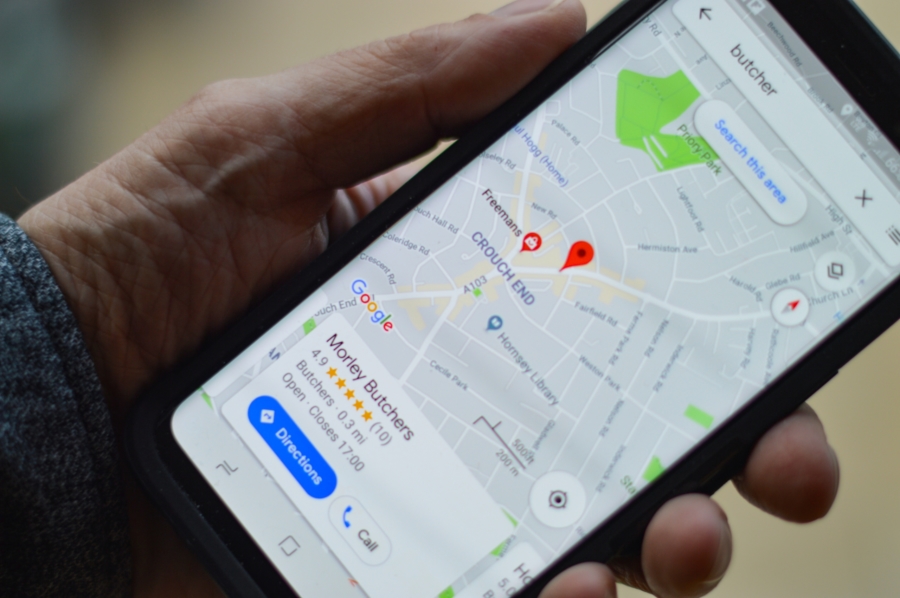Small businesses can face many growth challenges, such as limited resources, budget constraints, competition, staffing challenges, etc. It can be tough to figure out ways to set yourself apart from other businesses and achieving overall success. Executing
- Home
- Tag: Digital Marketing Trends
When you put a lot of effort into creating your email marketing strategy, it can be frustrating looking at the stats and seeing that a large amount of your messages end up in spam. A report from
With over 2 billion worldwide active users, YouTube is the top choice for video marketing. But, with being the clear-cut winner comes a lot of competition. There are now more than 50 million content creators pumping out
The list of companies planning to suspend their Facebook ads for the month of July continues to grow. This boycott stemmed from Facebook’s inaction to address hate speech on its platform. A civil rights coalition, which includes
Tracking key metrics is crucial for any successful marketing campaign. There are countless KPI’s you could be tracking, but not all are essential. While it does vary from campaign to campaign, we’ve narrowed it down to 7
Promoting your brand through social media has become vital for overall business success. But just being on social channels isn’t enough anymore. The key to real success is through user engagement. This can help increase your brand
YouTube just recently launched their new premium advertising program, YouTube Select. “Helping you connect with your audience is our top priority. This is especially important as digital takes precedence in how we interact, communicate and stay connected.”
As a business owner, you’ve likely been wondering what it would look like for you post COVID-19. While it’s not post COVID-19, states are starting to reopen and allowing businesses to reopen as well. Despite this, polls
TikTok is the fastest growing social media network in the world right now, with the app having been downloaded over 1.5 billion times in the App Store and Google Play. If you’re not already there, you’re probably
With the recent lift of the nation-wide shut down, the country is slowly opening up on a state by state basis, but the majority of businesses still remain physically closed. Due to the uncertainty surrounding the situation,















